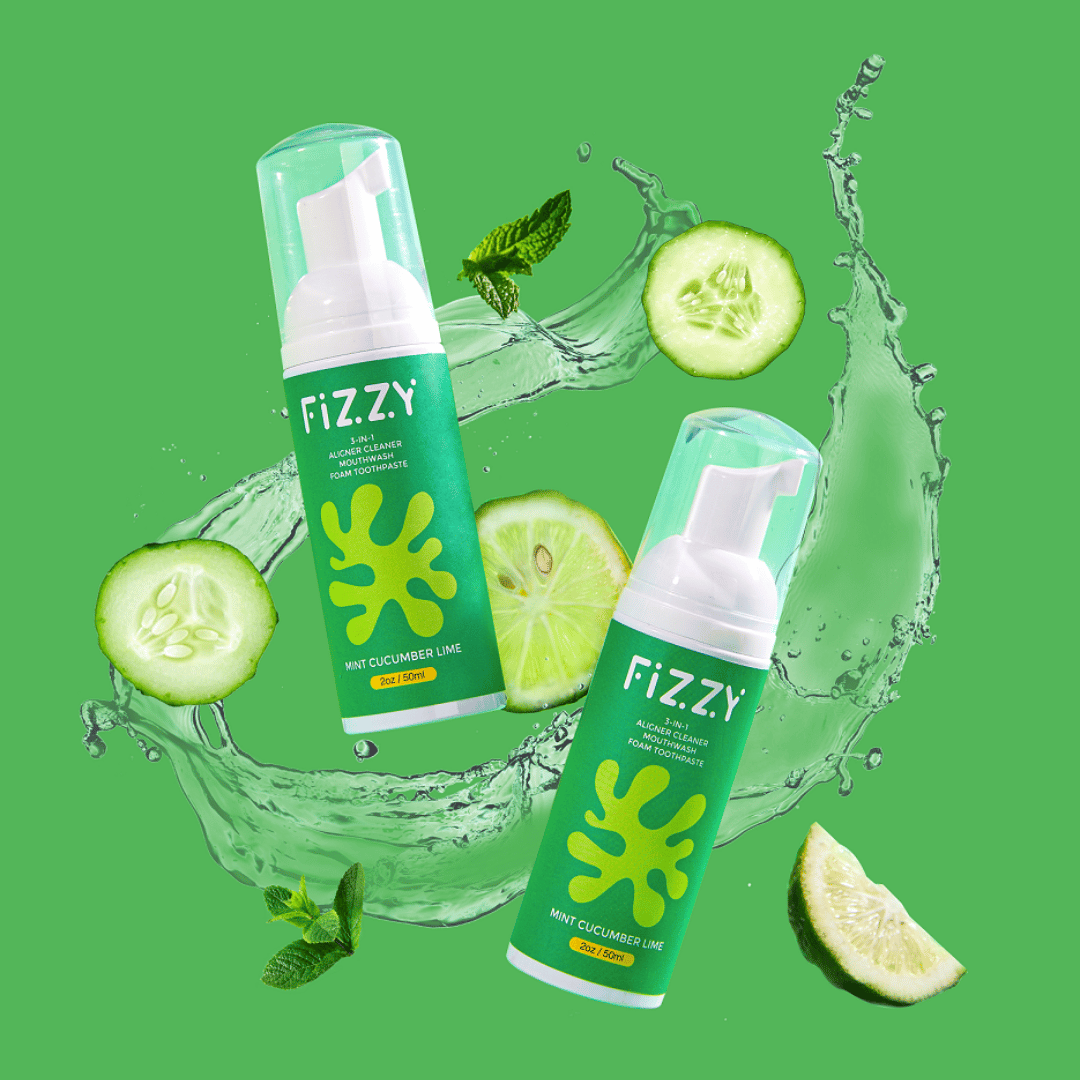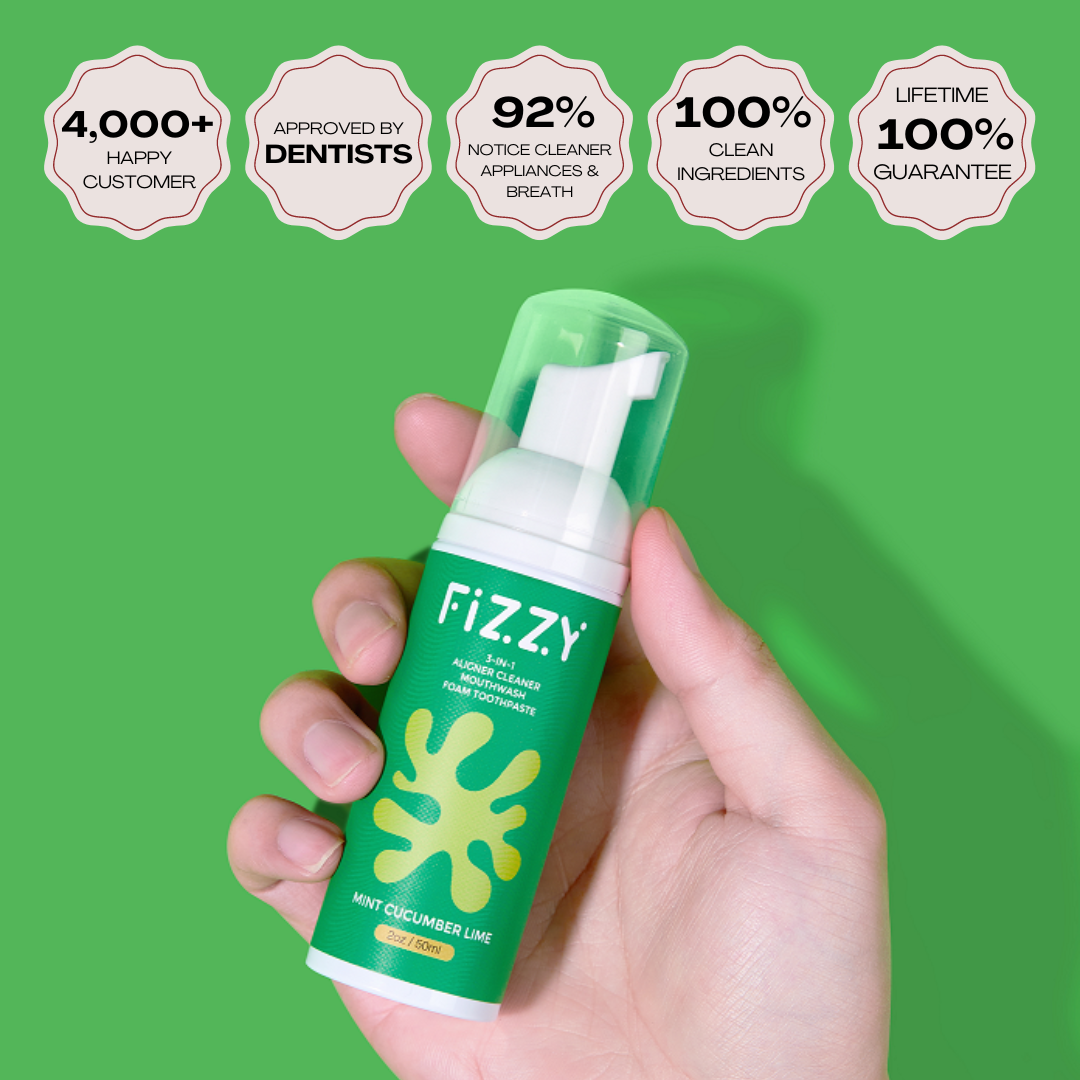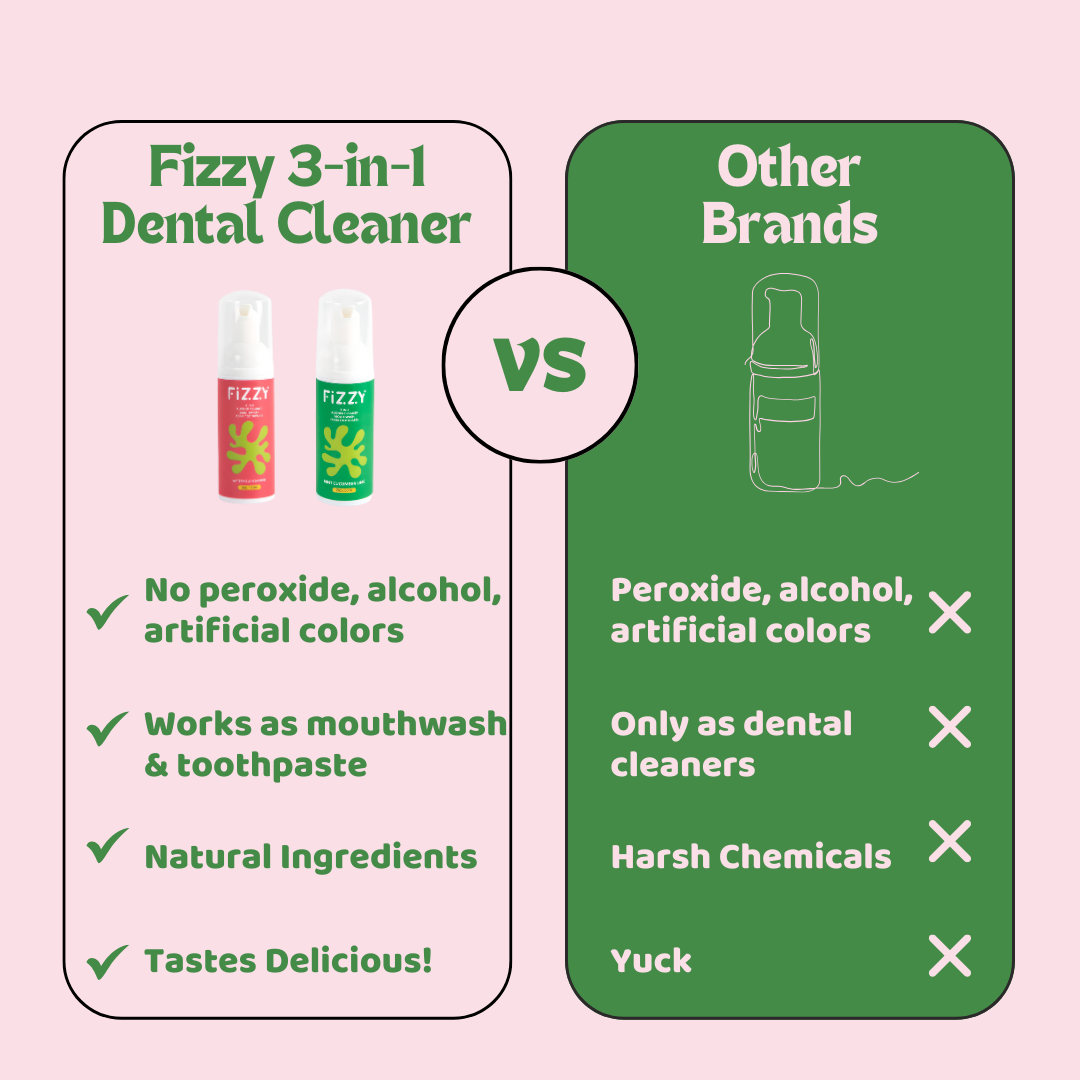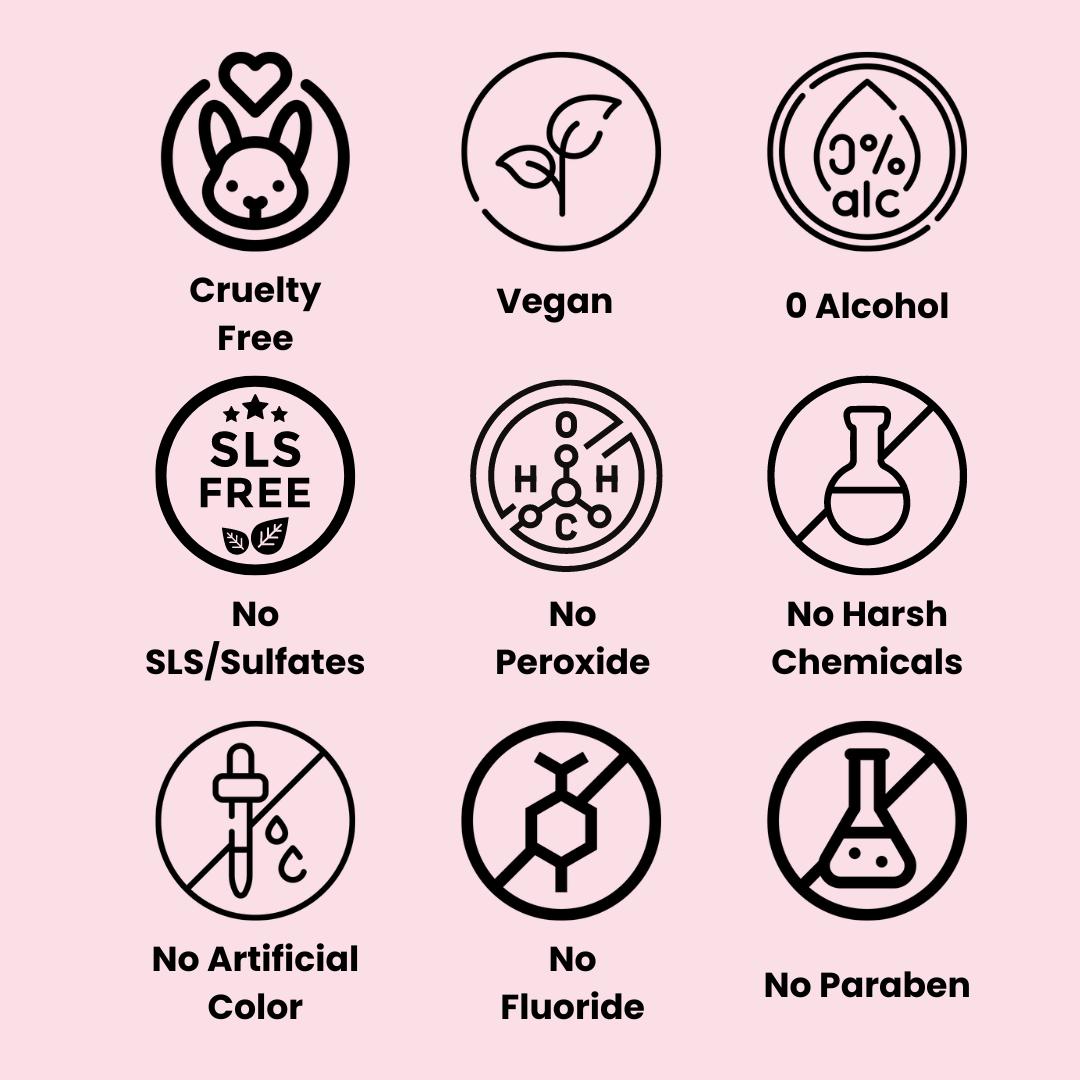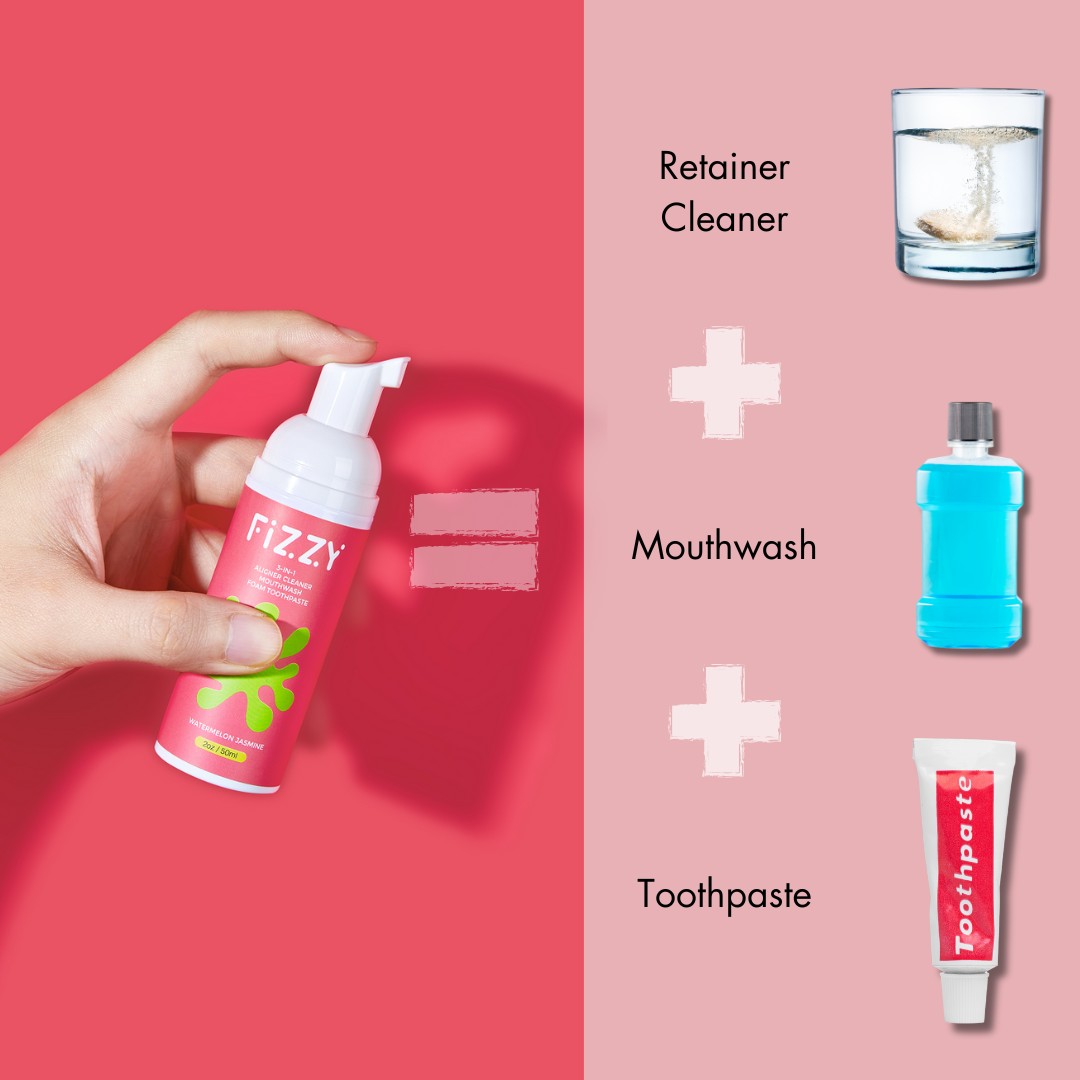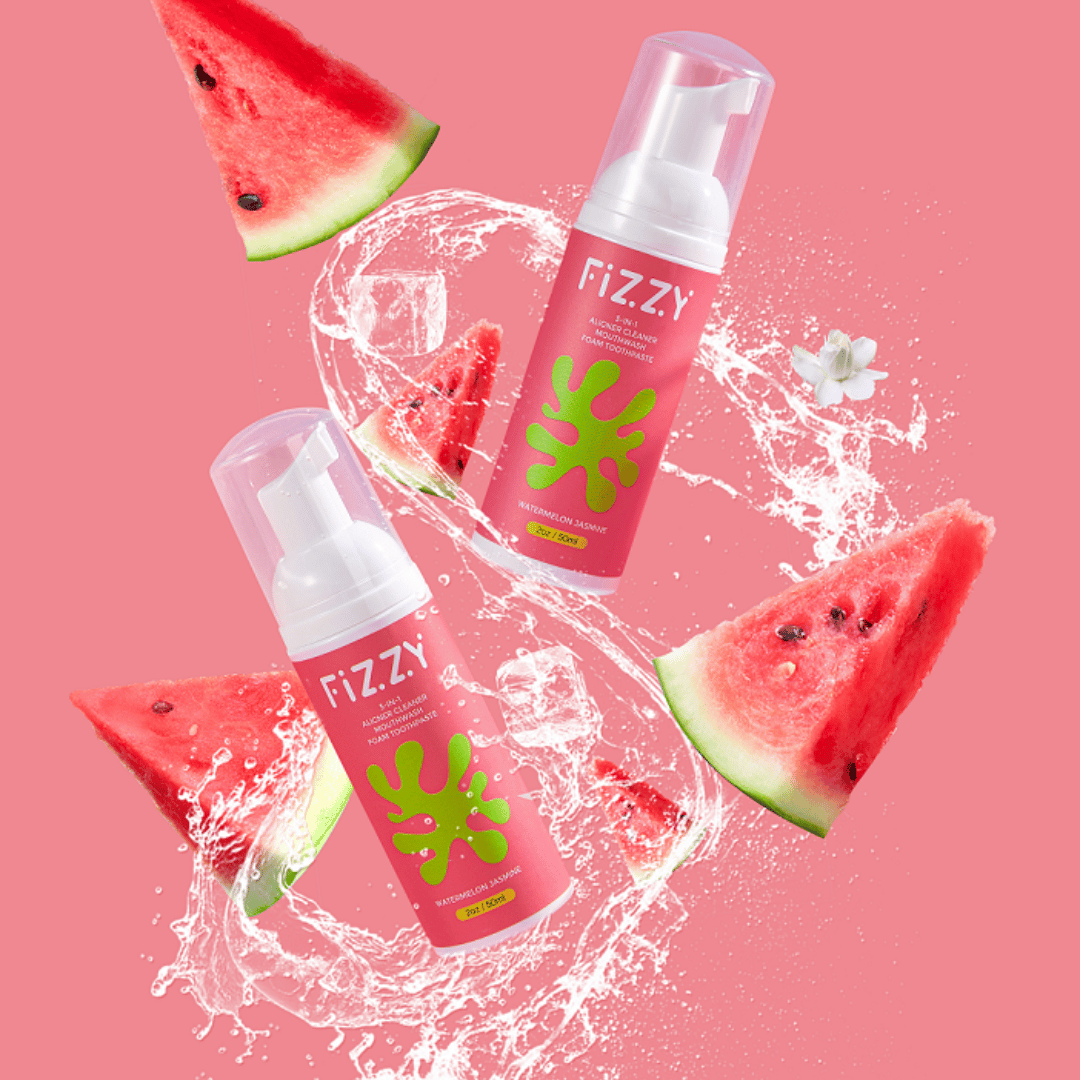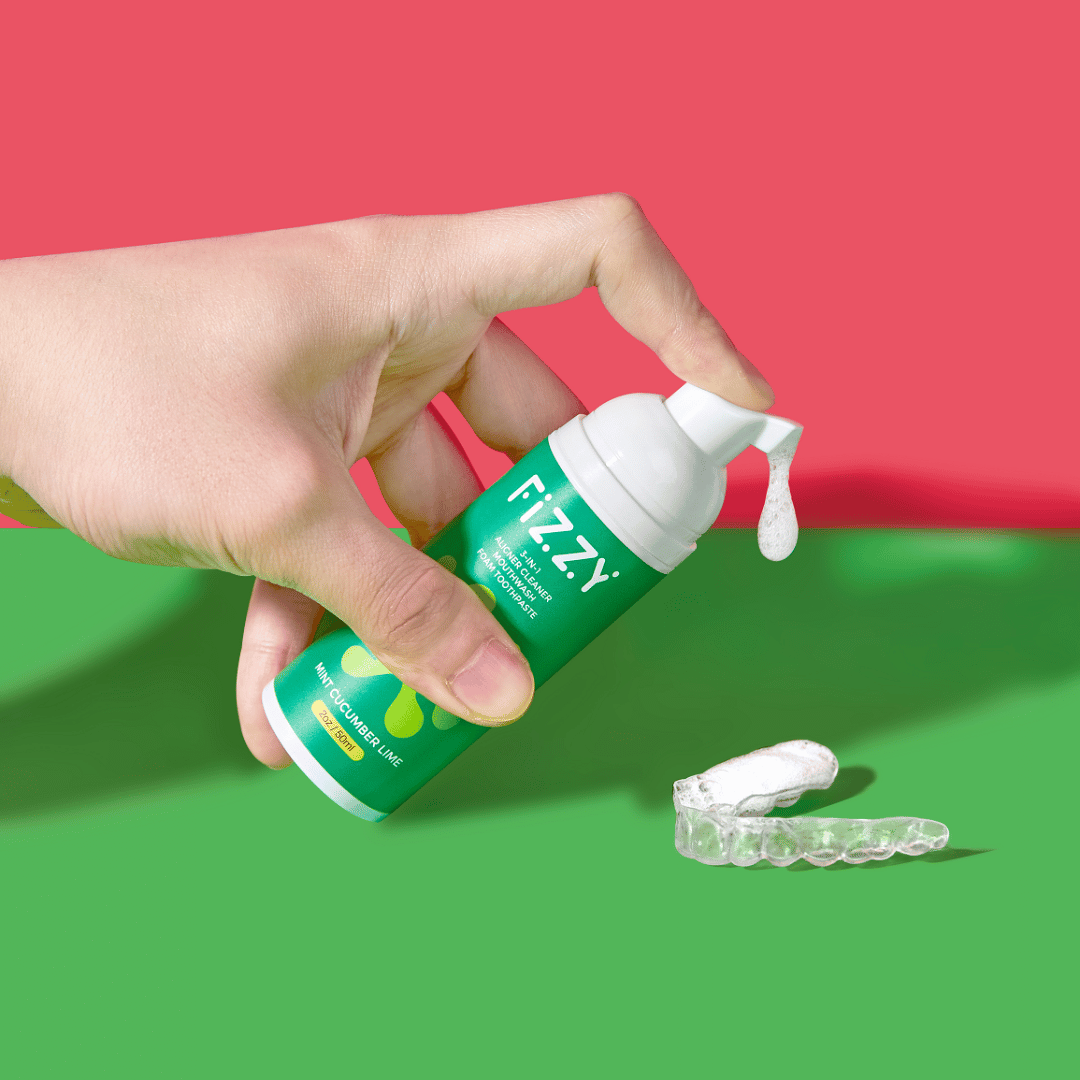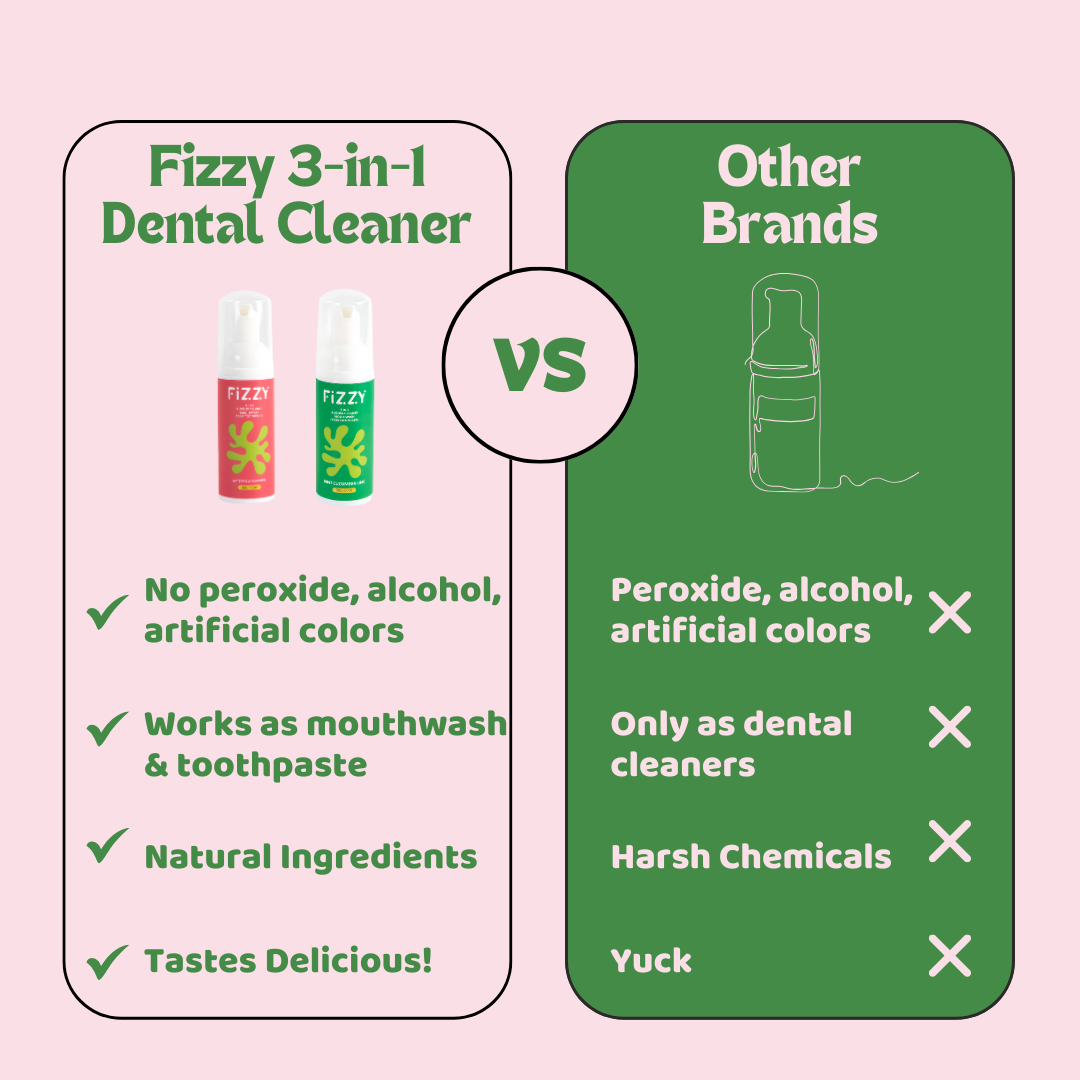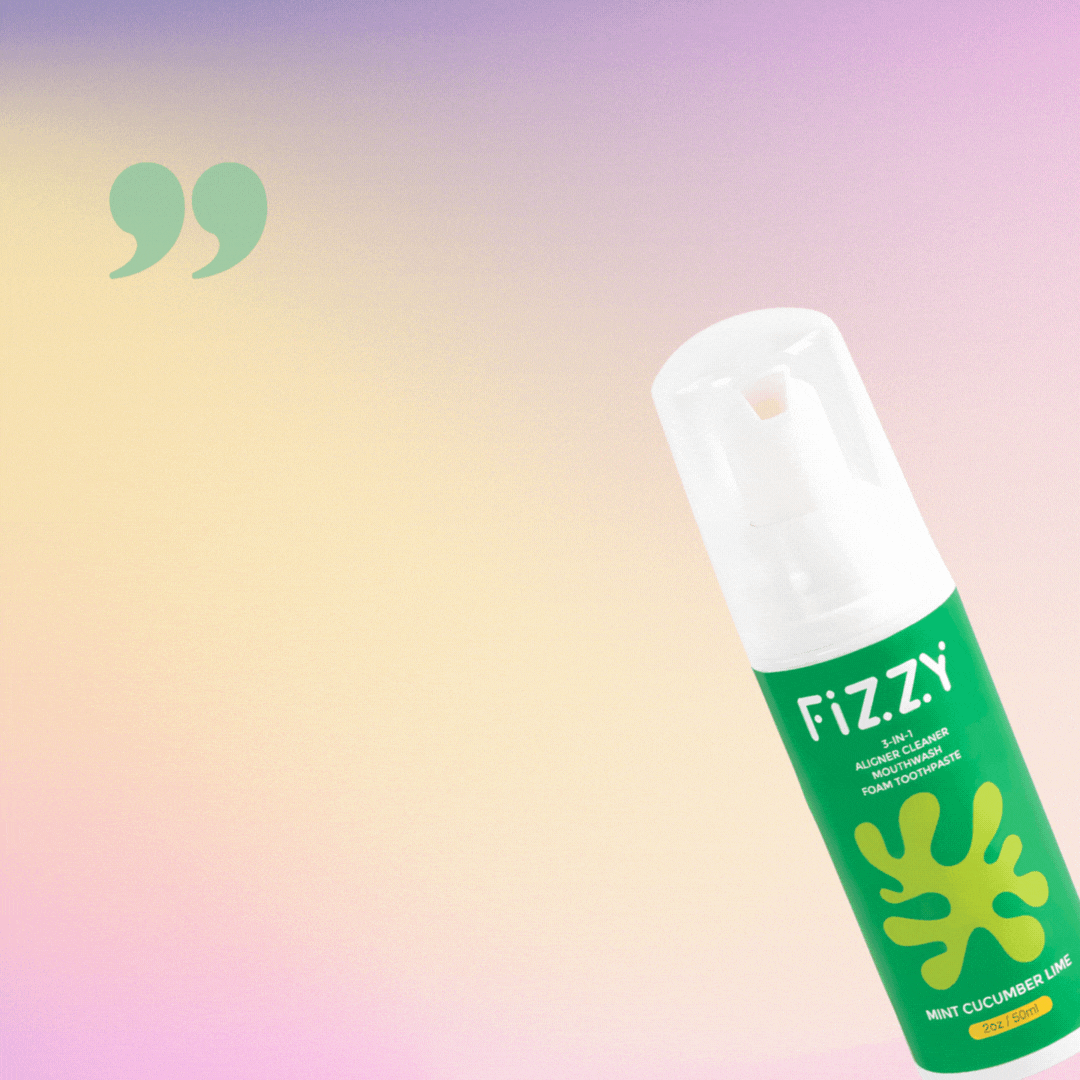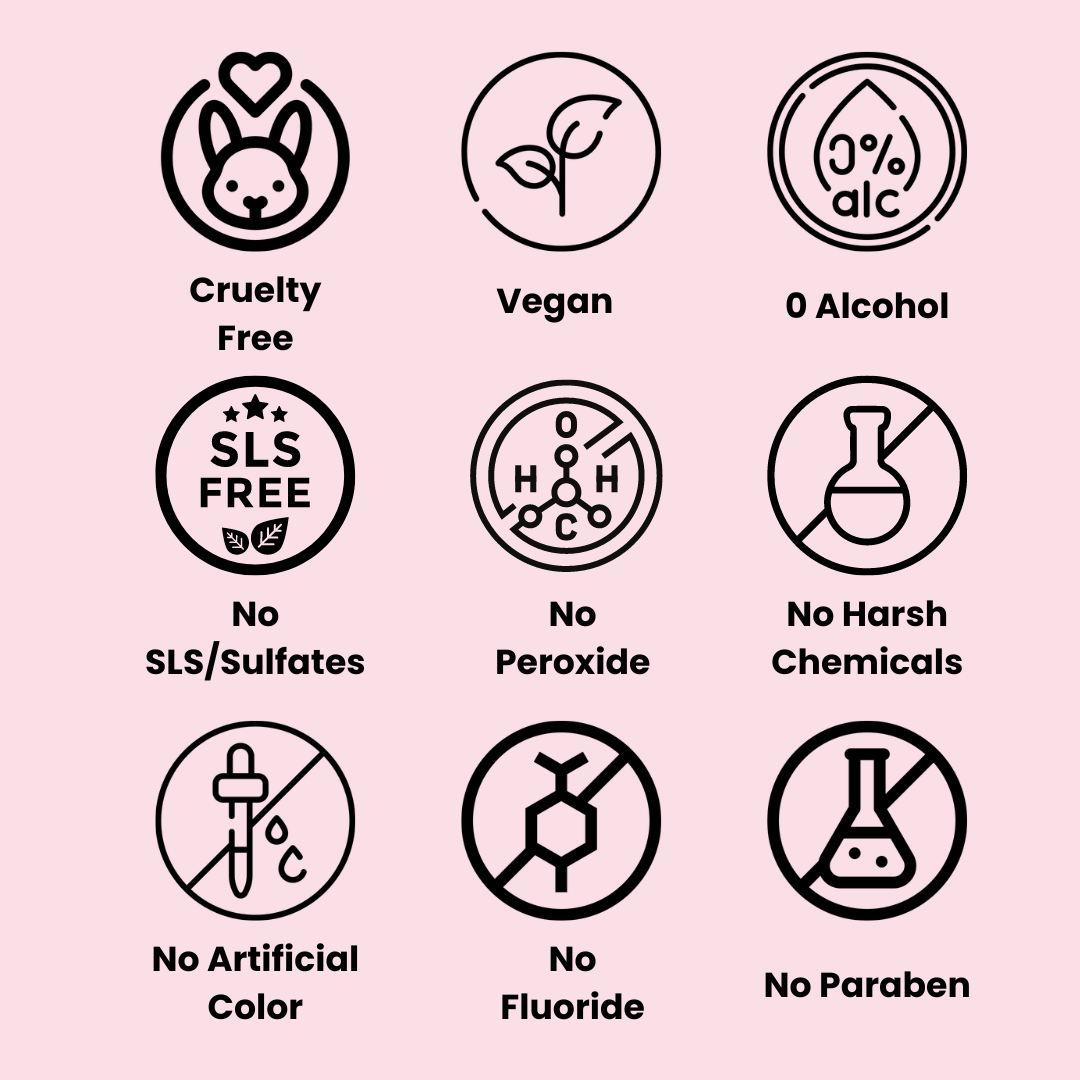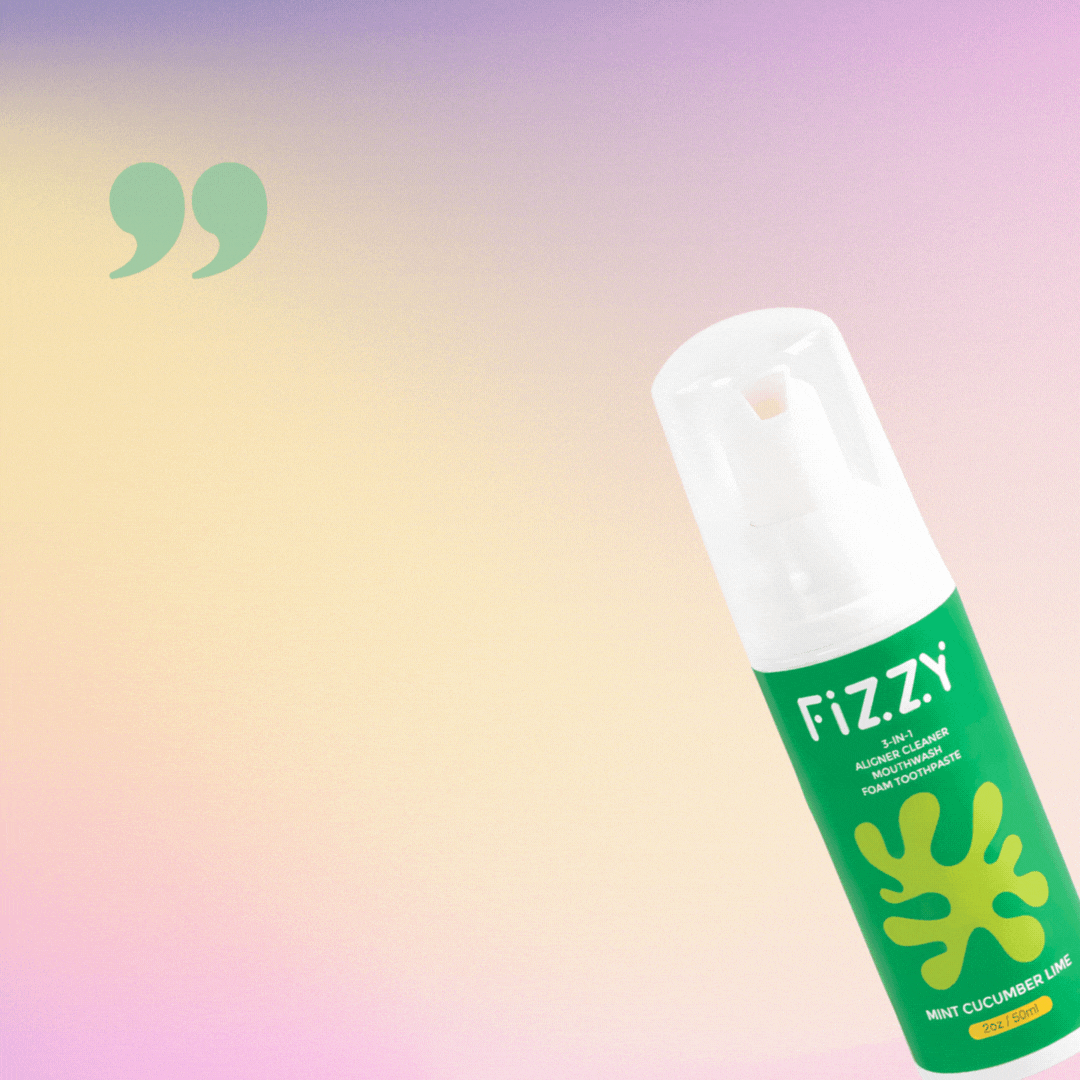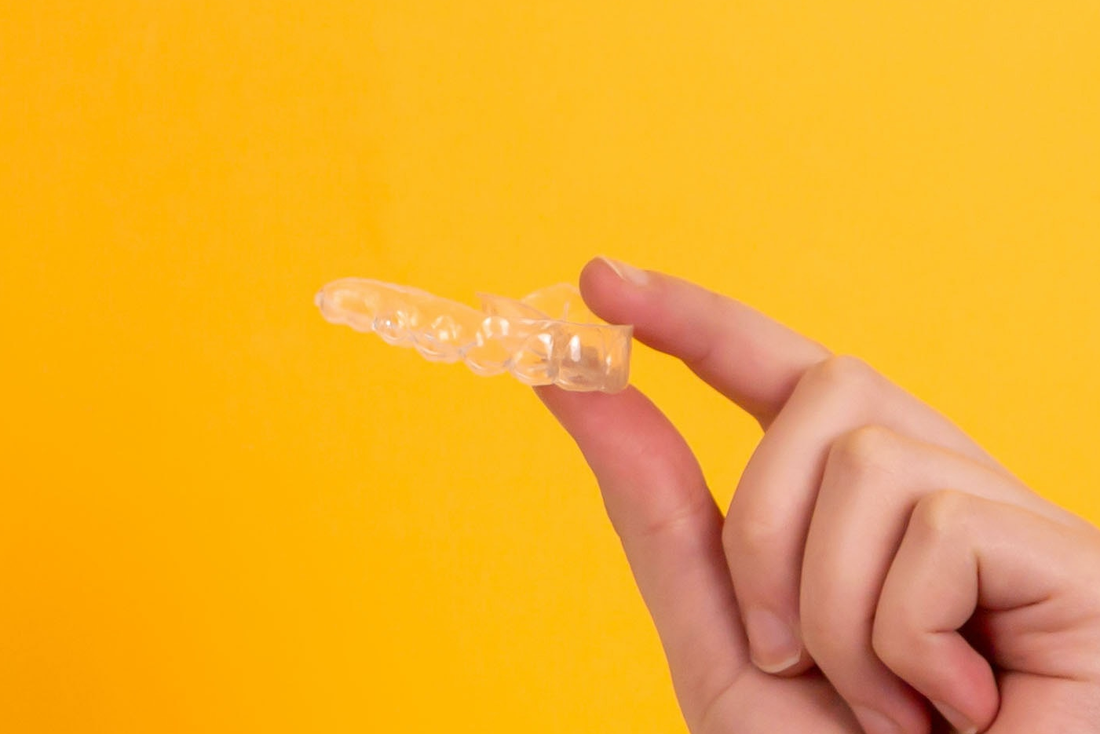
How Long Do Retainers Last?
Inside this Article:
Are you proud of the beautiful smile you worked so hard to achieve through orthodontic treatment? Don't let it slip away! Retainers are essential to maintaining your straight teeth and preserving the smile you invested in. However, retainers do have a lifespan and need to be replaced from time to time. In this article, we’ll tell you everything you need to know about when you should replace you retainer.
How often should you replace your retainer
The lifespan of a retainer can vary depending on several factors, including the type of retainer, how well it is cared for, and how often it is worn. Here are some rules of thumb:
- Essix retainers, also known as removable clear retainers or plastic retainers, is similar to They are made of a thin, transparent plastic material and are custom-fitted to the patient's teeth using a mold. Essix retainers typically last about 3 years before they need to be replaced.
- Hawley retainer, also known as a wire retainer, is a type of dental retainer made of acrylic and metal wires that hold the teeth in place. Hawley retainers are durable and can last for several years with proper care. With proper care and maintenance, a Hawley retainer can last up to 5 years or more.
- Fixed retainers or permanent retainers, also known as a bonded or fixed retainer, is a type of orthodontic retainer that is bonded to the back of the teeth. It consists of a thin wire that is attached to the teeth using a dental adhesive, usually applied to the lingual (tongue-side) surface of the teeth. The wire is typically made of a flexible material such as stainless steel or titanium, and it is custom-made to fit the patient's teeth. Permanent retainers can last up to 5-10 years or even up to 20 years with proper care.
- Your upper teeth are more prone to wear and tear than your lower teeth. Therefore, your upper retainer will likely need replacing before your lower one.
However, it's important to note that retainers should be regularly checked by an orthodontist to ensure they are still effective and fitting properly.
Signs to get a new retainer
If you're wondering when it's time to replace your retainer, here are six common signs to look out for:
- Cracks or damage: If you notice any cracks, chips or damage to your retainer, it's time to replace it as it may not be able to properly hold your teeth in place, which can lead to your teeth shifting back to their original position. Additionally, cracks and chips in the retainer can create spaces for bacteria to accumulate, increasing the risk of tooth decay and gum disease.
- Wear and tear: The material of a retainer can become worn down over time due to regular use and exposure to the acidic environment in the mouth. This can cause the retainer to lose its shape and effectiveness in holding teeth in their desired positions. Additionally, the constant pressure on the retainer can cause it to develop cracks, chips or other damage, which can further compromise its effectiveness. Therefore, it's important to replace a damaged or worn retainer to ensure that your teeth remain in their proper positions.
- Your retainer feels too tight to wear: If your retainer is too tight to wear, it could mean that your teeth have shifted since the time your retainer was made or last adjusted. This can cause discomfort or even pain when wearing the retainer, and it may not be effective in properly aligning your teeth. In such cases, it's important to get a new retainer that fits properly and can provide the necessary support to maintain the alignment of your teeth.
- Your retainers feel loose. If your retainer feels loose, it may no longer be effective in holding your teeth in their proper positions. You should contact your orthodontist as soon as possible to schedule an appointment to have it checked. They may recommend adjusting or replacing the retainer to ensure that your teeth stay in their proper positions. Continuing to wear a loose retainer can cause your teeth to shift and can even lead to the need for additional orthodontic treatment.
- Foul odor or taste: If you notice a foul odor or taste coming from your retainer, it could indicate a buildup of bacteria or plaque. This can be a sign that your retainer is not being cleaned properly or that it has reached the end of its lifespan and needs to be replaced. Continuing to wear a retainer with a buildup of bacteria or plaque can lead to oral health problems and potentially cause bad breath. Therefore, it is recommended to replace the retainer in such cases.
- Discoloration: Discoloration or yellowing of the retainer can be a sign that it has been exposed to too much heat or has been worn for too long. This can weaken the material and make it less effective in maintaining the shape of your teeth. In addition, discoloration can indicate a buildup of bacteria and other debris, which can lead to an unpleasant odor or taste and potentially cause oral health problems.
Is it bad to wear old retainer?
Failing to replace your retainer in a timely manner can lead to a variety of dental health issues, including tooth and gum disease, shifting teeth, and the need for additional orthodontic treatment.
Teeth shifting:
The most significant risk of not replacing a retainer is that your teeth may shift back to their original position before braces. This can cause your teeth to become crooked or misaligned, affecting your appearance and oral health. Misaligned teeth can make it difficult to chew food properly, which can cause problems with digestion and lead to other health issues. Misaligned teeth can also affect your jaw alignment and cause jaw problems, such as TMJ (temporomandibular joint) disorder, which can cause pain, discomfort, and difficulty in opening and closing your mouth. If your teeth shift significantly, you may require additional dental treatment to correct the problem, such as braces or clear aligners.
Oral hygiene issues:
Wearing an old and dirty retainer can have a negative impact on your dental health in a number of ways.
A dirty retainer can harbor harmful bacteria and germs that can transfer to your mouth and cause infection. This is especially dangerous if you have an open cut or sore in your mouth, as the bacteria can easily enter the bloodstream and spread to other parts of the body. It can lead to bad breath and an unpleasant taste in the mouth, which can affect your self-esteem and confidence.
How to take care of retainers
Proper care for your retainer is important to ensure its longevity and effectiveness in maintaining your teeth alignment. Here are some tips on how to care for your retainer:
- Clean your retainer regularly and carefully:
- Rinse your retainer with cool or lukewarm water after each use to remove any food particles or debris.
- Brush your retainer gently with a soft-bristled toothbrush and Fizzy 3-in-1 retainer cleaner.
- Avoid using hot water, bleach, or harsh chemicals to clean your retainer, as these can damage the material and affect its fit.
- Things to avoid
- Mouthwash: Mouthwash should generally be avoided when cleaning retainers because it can contain alcohol and other ingredients that may be too harsh for the retainer material. These ingredients can cause the retainer to become dry, brittle, or discolored over time. In addition, some mouthwashes may contain sugar, which can contribute to bacterial growth on the retainer.
- Alcohol: Alcohol can damage retainers because it can break down and degrade the material they are made of. Retainers are typically made of plastic or acrylic, which can become brittle and crack over time when exposed to alcohol. Additionally, alcohol can also cause discoloration and cloudiness in the plastic material of the retainer, which can make it less effective and unappealing to wear.
- Abrasive toothpaste: Abrasive toothpaste can scratch the surface of the retainer, making it more difficult to clean and creating small crevices where bacteria can accumulate. Over time, these scratches can become deeper and more pronounced, causing the retainer to become weaker and more prone to breaking. Additionally, the abrasives in toothpaste can wear away the protective coating on the retainer, making it more susceptible to discoloration and damage.
- Don’t eat with your retainers: Hard or sticky foods can cause the retainer to crack or distort, and chewing can bend the wires or break the acrylic. It is important to remove your retainer before eating and clean your teeth and retainer thoroughly before putting it back in your mouth.
- Store your retainer properly: When you are not wearing your retainer, store it in a clean, dry container. Avoid leaving it exposed to the air, as this can cause it to dry out and become brittle.
- Avoid exposing your retainer to heat: Keep your retainer away from sources of heat, such as hot water, direct sunlight, and car dashboards. Exposure to heat can warp the retainer and affect its fit.
Fizzy keeps your retainers clean and fresh
Fizzy's 3-in-1 Aligner Cleaner is the perfect solution for keeping your retainers clean and fresh. This powerful foam is specially formulated to remove bacteria, plaque, and other debris that can build up on your retainer over time. With just a few pumps of the foam, you can easily clean your retainer, ensuring that it stays in top condition. Plus, the refreshing mint or watermelon flavor leaves your retainer smelling great and your mouth feeling fresh. Fizzy's 3-in-1 Aligner Cleaner is an essential part of any retainer maintenance routine, helping you maintain a healthy and beautiful smile for years to come.
Don't let dirty or smelly retainers ruin your beautiful smile. Try Fizzy's 3-in-1 Aligner Cleaner today and experience the difference for yourself. Order now and enjoy fresh, clean retainers that will keep your teeth in their proper positions for years to come!
Bottom Line:
In summary, retainers are necessary to maintain your straight teeth and preserve the smile you invested in through orthodontic treatment. The lifespan of a retainer depends on several factors, including the type of retainer, how well it is cared for, and how often it is worn. Essix retainers typically last about 3 years, Hawley retainers up to 5 years or more, and permanent retainers up to 5-10 years or even 20 years with proper care. It's important to regularly check retainers with an orthodontist to ensure they are still effective and fitting properly. Signs that it's time to replace a retainer include cracks or damage, wear and tear, tightness, looseness, foul odor or taste, and discoloration. Failing to replace a retainer in a timely manner can lead to dental health issues such as shifting teeth, tooth and gum disease, and the need for additional orthodontic treatment. If you notice any signs that indicate you need a new retainer, it's important to contact your orthodontist and schedule an appointment as soon as possible.
Sources:
"The Importance of Retainers After Orthodontic Treatment." American Association of Orthodontists.
"Retainers and Retention." British Orthodontic Society
"How Long Should You Wear Your Retainer?" Healthline


